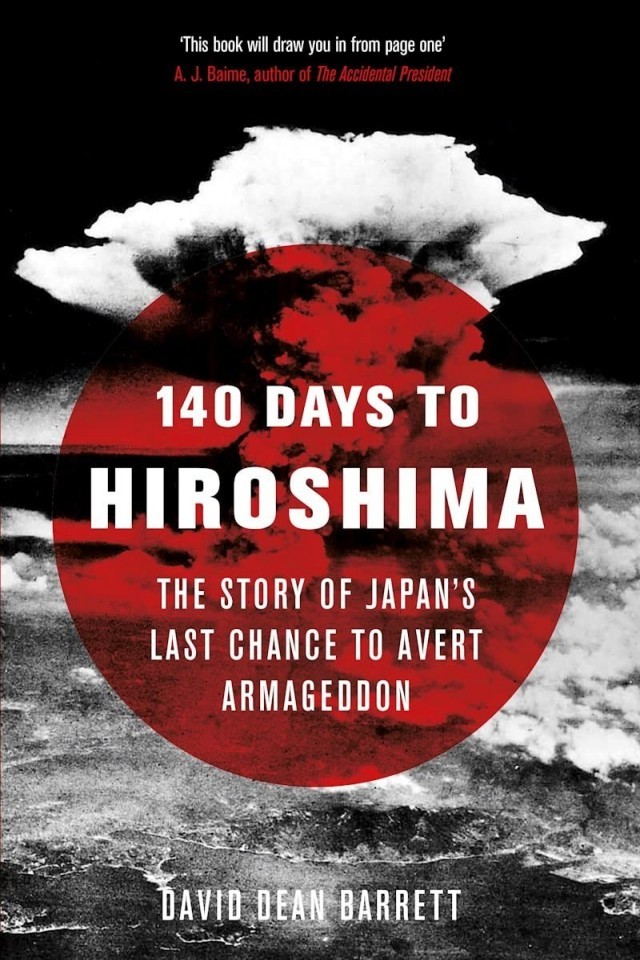

Most ebook files are in PDF format, so you can easily read them using various software such as Foxit Reader or directly on the Google Chrome browser.
Some ebook files are released by publishers in other formats such as .awz, .mobi, .epub, .fb2, etc. You may need to install specific software to read these formats on mobile/PC, such as Calibre.
Please read the tutorial at this link: https://ebookbell.com/faq
We offer FREE conversion to the popular formats you request; however, this may take some time. Therefore, right after payment, please email us, and we will try to provide the service as quickly as possible.
For some exceptional file formats or broken links (if any), please refrain from opening any disputes. Instead, email us first, and we will try to assist within a maximum of 6 hours.
EbookBell Team

5.0
20 reviews**On the 75th anniversary of the atomic bombings of Hiroshima and Nagasaki comes this heart-pounding account of the war-room drama inside the cabinets of the United States and Japan that led to Armageddon on August 6, 1945.
Here are the secret strategy sessions, fierce debates, looming assassinations, and planned invasions that resulted in history’s first use of nuclear weapons in combat, and the ensuing chaotic days as the Japanese government struggled to respond to the reality of nuclear war. **
During the closing months of World War II, as America’s strategic bombing campaign incinerated Japan’s cities, two military giants locked in a death embrace of cultural differences and diplomatic intransigence. The leaders of the United States called for the “unconditional surrender” of the Japanese Empire while developing history’s deadliest weapon and weighing an invasion, Downfall, that would have dwarfed D-Day. Their enemy responded with a last-ditch plan termed Ketsu-Go , which called for the suicidal resistance of every able-bodied man and woman in “The Decisive Battle” for the homeland. But had Emperor Hirohito’s generals miscalculated how far the Americans had come in developing the atomic bomb? How close did President Harry Truman come to ordering the invasion of Japan?
Within the Japanese Supreme Council at the Direction of War, a.k.a. “The Big Six,” Foreign Minister Shigenori Tōgō risked assassination in his crusade to convince his dysfunctional government, dominated by militarist fanatics, to save his country from annihilation.
Despite Allied warnings of Japan’s “prompt and utter destruction” and that the Allies would “brook no delay,” the Big Six remained defiant. They refused to surrender even after the atomic bombings of Hiroshima and Nagasaki.
How did Japanese leaders come to this impasse? The answers lie in this nearly day-by-day account of the struggle to end the most destructive conflict in history.